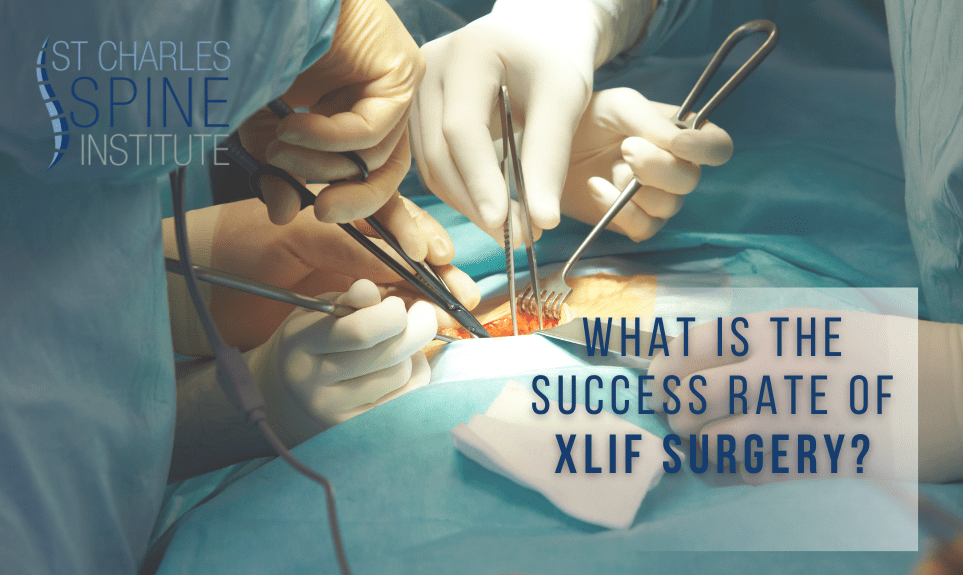What Is the Success Rate of XLIF Surgery?

When treating spinal disorders, many patients may feel as if their only options are invasive and recovery-intensive procedures or surgeries. However, a modern technique called XLIF, which stands for Extreme Lateral Interbody Fusion, has revolutionized the treatment of back and leg pain caused by degenerative disc disease. At St. Charles Spine Institute in Thousand Oaks, CA, patients can experience relief from painful conditions through this safe and effective treatment.
Patients receiving Extreme Lateral Interbody Fusion have an excellent prognosis and short recovery times. The success rate for this treatment is greater than 95 percent, making it ideal for addressing back and leg pain that has not been eliminated through physical therapy and steroid injections. When this treatment is compared to traditional spinal fusions, patients who underwent the Extreme Lateral Interbody Fusion also had lower infection rates.
Due to the minimally invasive nature of this treatment, most patients will recover rapidly, with many individuals going home within 24 hours of their treatment. Typically patients will be able to walk on the day of the treatment. Many patients will wear a back brace for a month following their surgery and can return to normal activities after six months and physical therapy. Gentle movement, such as walking, is greatly encouraged during recovery.
A Minimally Invasive Method
Performed under general anesthesia, Extreme Lateral Interbody Fusion is a straightforward treatment. First, placing the patient on their side, two minuscule incisions are created on the side of their torso, one for a probe and one to guide the surgical tools. After carefully locating nerves, the surgeon will use a retractor unit to shift muscle tissue away from the spine. Once the surgeon can access the spine, they will begin removing the disc.
After withdrawing the disc, an implant containing a bone graft will be placed into the voided disc space. This implant eases pressure on pinched nerves and aligns the spine. Often, bone growth is encouraged by adding Bone Morphogenetic Protein (BMP). Eventually, the bone graft will spread around and inside the implant, creating a bone bridge that connects the vertebrae on either side. The technical term for this bone bridge is a fusion.
Feel Brand New
This treatment is less painful than many disc repair methods due to its minimal invasiveness. In addition, as the spine is accessed from the side, there is little disruption to major muscle groups and organs. Another benefit is the lack of scarring, as the two tiny incisions will heal quickly and are located in a discreet location. Finally, patients concerned about being under anesthesia for extended periods may find this treatment suitable, as it is completed within an hour.
Extreme Lateral Interbody Fusion is a modern treatment option that offers a spectacular success rate and minimal downtime for patients suffering from back and leg pain due to degenerative disc disease. If you’re tired of living with pain and would like to learn more about this life-changing treatment, schedule a consultation with our caring medical professionals at St. Charles Spine in Thousand Oaks, CA, today.
